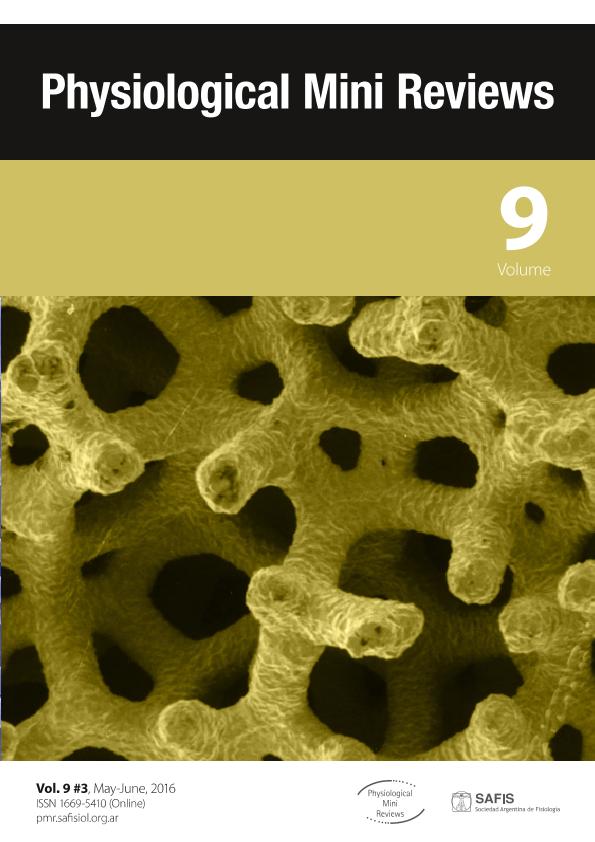Artículo
New concepts in the neurophysiology of sleep and wakefulness
Fecha de publicación:
07/2016
Editorial:
Sociedad Argentina de Fisiología
Revista:
Physiological Mini Reviews
e-ISSN:
1669-5410
Idioma:
Inglés
Tipo de recurso:
Artículo publicado
Clasificación temática:
Resumen
The neural substrates of sleep and wakefulness form a highly distributed and, to some extent, redundant network, with hypocretin, monoaminergic and cholinergic systems largely promoting wakefulness and GABAergic systems in the preoptic area, hypothalamus and brainstem promoting sleep. The hypocretin/orexin system plays a special role in the promotion of wakefulness and suppression of REM sleep by providing excitatory input to the monoaminergic and cholinergic systems. Sleep is not a unitary state but involves a cyclic alternation between NREM and REM sleep; the pons is critical for generating the multiple components (ie, EEG synchronization, eye movements and muscle atonia) that characterize REM sleep. Recent findings have implicated the participation of hypothalamus, through MCH/GABA that provide a critical input to pontine generator of REM sleep. The timing of sleep and wakefulness is regulated by an interaction between the circadian pacemaker located in the hypothalamic SCN and a sleep homeostatic system whose anatomic location is yet to be definitively identified. Among various neurochemicals, extracellular AD and nNOS/NK1 accumulate in the BF as wakefulness is extended and inhibits cortically projecting cholinergic neurons, thereby influencing cortical activity. In the future, it seems reasonable to expect a spreading of these insights from basic to clinical grounds for a better understanding of the causes and mechanisms of sleep disorders and the generation of novel therapeutics in sleep medicine.
Archivos asociados
Licencia
Identificadores
Colecciones
Articulos(OCA HOUSSAY)
Articulos de OFICINA DE COORDINACION ADMINISTRATIVA HOUSSAY
Articulos de OFICINA DE COORDINACION ADMINISTRATIVA HOUSSAY
Citación
Garay, Arturo; Cardinali, Daniel Pedro; New concepts in the neurophysiology of sleep and wakefulness; Sociedad Argentina de Fisiología; Physiological Mini Reviews; 9; 3; 7-2016; 26-36
Compartir




